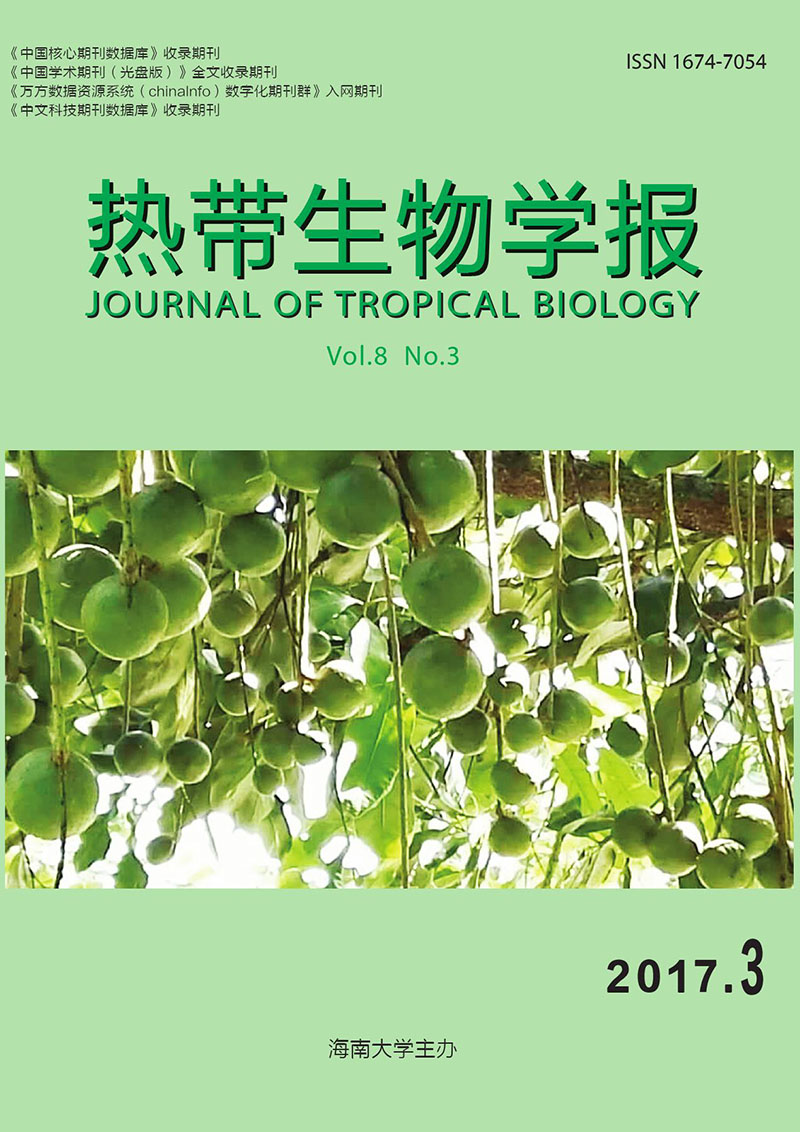Identification of the Functions of Two Gene Clusters Putatively Involved in Extracellular Polysaccharides Biosynthesis in Vibrio alginolyticus ZJ-51
doi: 10.15886/j.cnki.rdswxb.2017.03.003
- Received Date: 2017-03-20
- Rev Recd Date: 2017-04-27
-
Key words:
- Vibrio alginolyticus /
- bioinformatics /
- gene cluster /
- exopolysaccharides /
- biofilm formation colony morphology /
Abstract: Vibrio alginolyticus is one of the most important pathogens for seafood-borne infection in South China.Extracellular polysaccharides(EPSs) are a type of polysaccharides produced by bacteria with a complex structure,and affect the pathogenicity and environmental adaptability of pathogens.Genomic analysis shows that about four gene clusters related to the synthesis of exopolysaccharides exist in V.alginolyticus ZJ-51.In this study,bioinformatic analysis and verification experiment were used to find out the potential functions of two gene clusters of them,i.e.CPS1357 gene cluster and CPS4543 gene cluster.The results show that the gene cluster CPS4543 encoded three homologous proteins Wza-Wzb-Wzc forming an outer membrane transport system for polysaccharides synthesis,while CPS1357 encoded 17 proteins which were responsible for the synthesis,transportation and regulation of polysaccharides.However,the loss of these two gene clusters resulted in no change of EPSs biosynthesis,biofilm formation,colony morphology and mobility.This may be due to the fact that these two gene clusters were inhibited under the current test conditions or that some of special environmental factors were required to induce their expression.More studies of EPSs synthesis mechanism in V.alginolyticus should be taken to help better understand the adaptability of this species of bacteria in the environments.
| Citation: | HUANG Xiaochun, CHEN Chang, LI Yingying, TIAN Yushun, XIE Mei. Identification of the Functions of Two Gene Clusters Putatively Involved in Extracellular Polysaccharides Biosynthesis in Vibrio alginolyticus ZJ-51[J]. Journal of Tropical Biology, 2017, 8(3): 255-266. doi: 10.15886/j.cnki.rdswxb.2017.03.003 |






 DownLoad:
DownLoad: